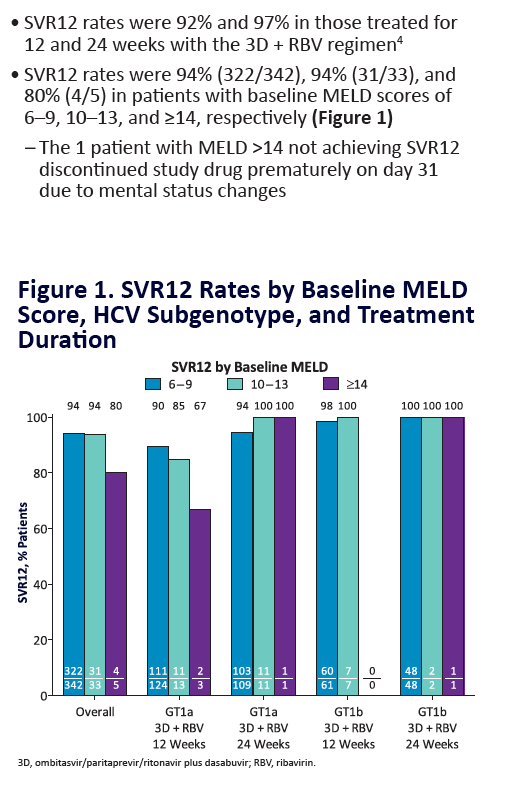

Second, and more importantly, it affects the hepatic sinusoids, thus increasing vascular permeability. First, it causes Kupffer cells to secrete reactive oxygen intermediates and cytokines. Ethanol and acetaldehyde have a negative effect on epithelial tight junctions in the intestine, thus increasing intestinal permeability to endotoxins.Įndotoxemia leads to hepatic damage in two ways. The progression of ALD is specifically connected to an increase in intestinal permeability and, as a result, to endotoxemia. Progressive liver fibrosis leads to alcoholic cirrhosis.Īlcohol abuse causes liver damage directly due to oxidative stress, inflammation, and endotoxins. The three major scarring types most commonly found in human ALD are centrilobular scarring, pericellular fibrosis, and periportal fibrosis. These include steatosis (caused by the diversion of metabolic reducing equivalents from the conversion of ethanol into acetate, and then into fatty acids and triglyceride synthesis) ballooning degeneration (this is when the plasma membrane loses osmo-regulatory control) Mallory body formation (when intracellular cytokeratin microfilaments become condensed into skeins of clumped intracellular protein) inflammation, largely neutrophilic within the parenchyma but may also occur as mixed inflammation inside the portal tracts fibrosis and regeneration which is less common in ALDs than in other forms of hepatitis. There are many pathognomonic histological features of ALD. Liver damage can present as a wide range of alcoholic liver diseases (ALD): simple liver damage, fatty liver, steatohepatitis, fibrosis, hepatocellular carcinoma (HCC), or cirrhosis. The connection between alcohol abuse and liver disease has been known about for centuries. Medically speaking, the nervous, circulatory and hepato-gastroenterological systems suffer the most damage. Patients have to participate in self-help groups.Įvery organ and system in the human body is harmed to some degree by alcohol. The multidisciplinary transplant team must include an addiction specialist/hepato-alcohologist. The “Group of Italian Regions” suggests that: in a case of ESLD with model for end-stage liver disease < 19 a 6-mo abstinence period is required in a case of ESLD, a 3-mo sober period before LT may be more ideal than a 6-mo period, in selected patients and in a case of severe AAH, not responding to medical therapies (up to 70% of patients die within 6 mo), LT is mandatory, even without achieving abstinence. It is necessary to identify other risk factors that could be associated with the resumption of alcohol drinking. Both in the case of progressive end-stage liver disease (ESLD) and in the case of severe acute alcoholic hepatitis (AAH), not responding to medical therapy, there is a lack of evidence to support a 6-mo sobriety period. The vast majority of transplant programmes (85%) require 6 mo of abstinence prior to transplantation commonly referred to as the “6-mo rule”. Alcoholic liver disease is the second most common diagnosis among patients undergoing liver transplantation (LT). Forty-four per cent of all deaths from cirrhosis are attributed to alcohol. Alcoholic liver disease encompasses a broad spectrum of diseases ranging from steatosis steatohepatitis, fibrosis, and cirrhosis to hepatocellular carcinoma.


 0 kommentar(er)
0 kommentar(er)
